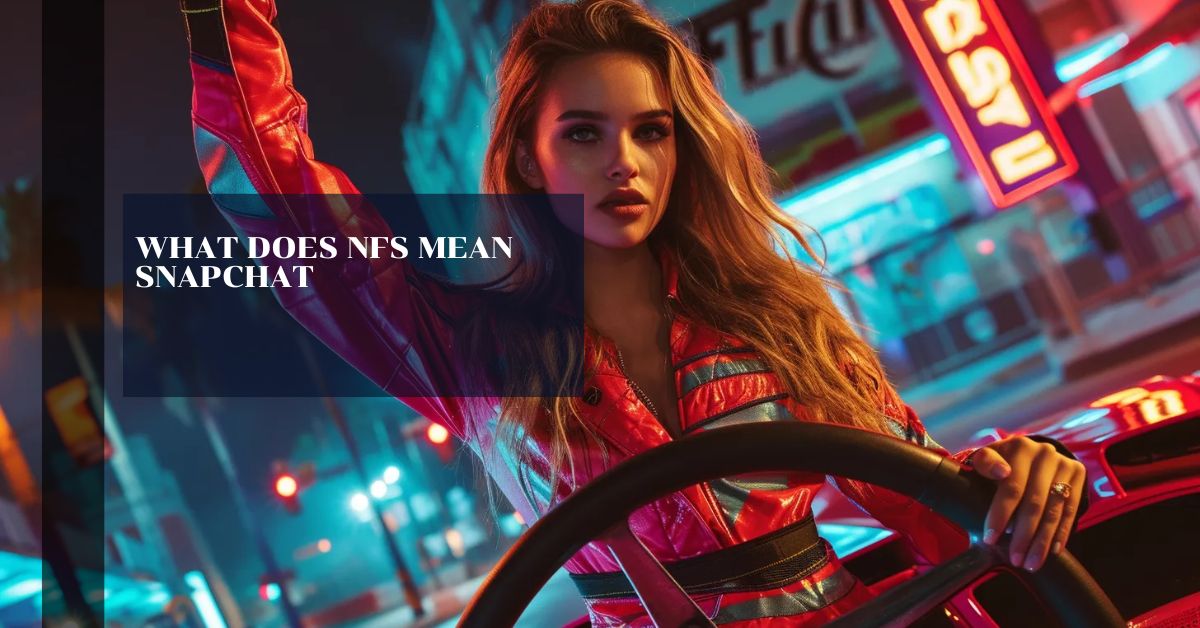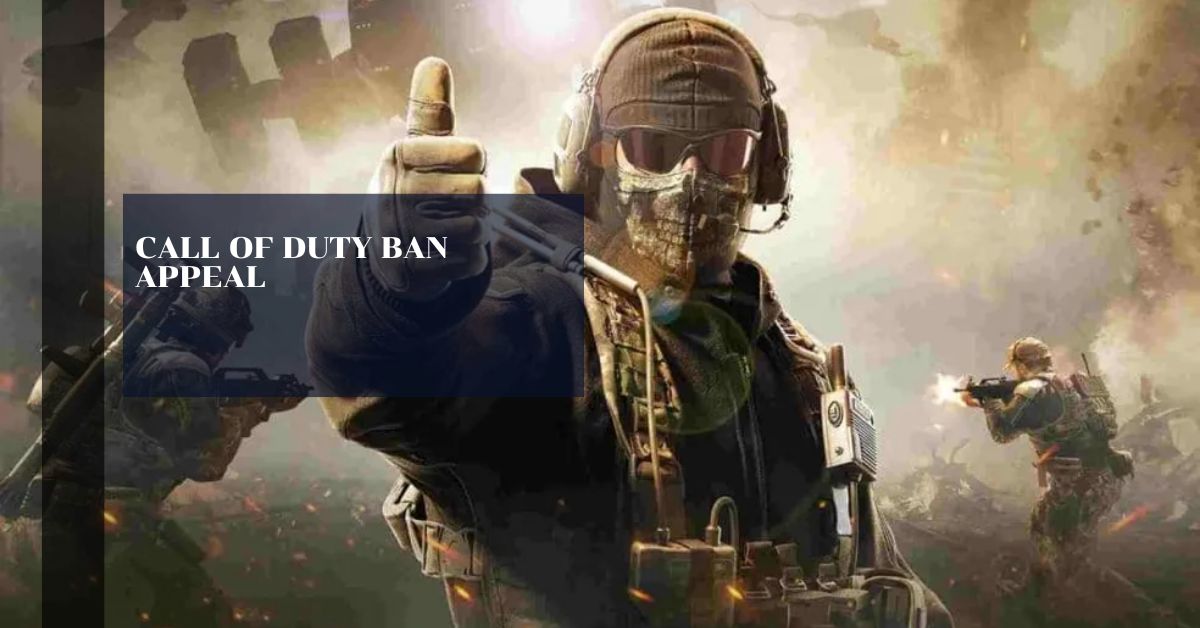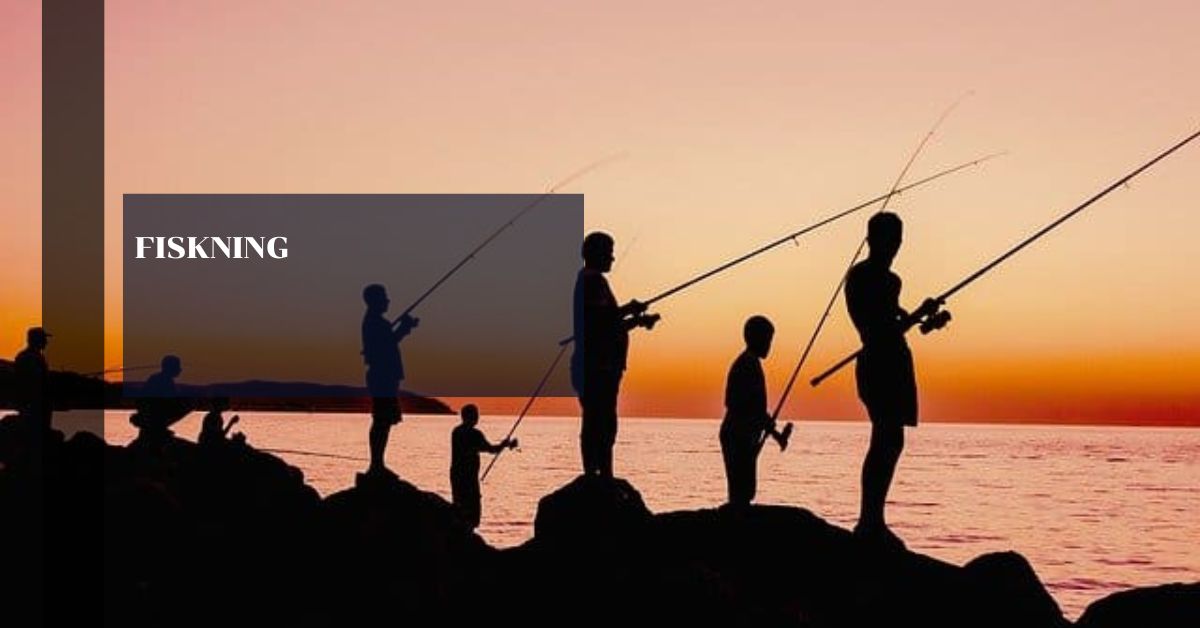For me, “NFS” on Snapchat has been a lifesaver when I want to share something personal without worrying about it being saved. I’ve used it a few times when sending sensitive snaps to friends, just to make sure they respect my privacy. It’s my way of keeping moments temporary, just as Snapchat intended!
On Snapchat, “NFS” stands for “No Further Screenshots” or “Not For Screenshots.” It signals the sender’s request to prevent others from taking screenshots of their content, maintaining privacy and control over shared snaps. Respecting “NFS” ensures a more secure and private interaction.
Stay tuned with us as we discuss what Does NFS means on Snapchat. We’ll explain how it helps protect your privacy and maintain control over your snaps. Keep following for more insights on Snapchat features!
What Is NFS On Snapchat? – See What Does Nfs Mean Snapchat!
On Snapchat, “NFS” stands for “No Further Screenshots” or “Not For Screenshots.” It’s a way for users to let others know they prefer not to have their snaps saved or shared via screenshots. By using “NFS,” the sender emphasizes the importance of keeping their content private and temporary, in line with Snapchat’s disappearing message feature.
This term is commonly used when sharing sensitive or personal content, ensuring it stays within the intended audience. So, if you come across “NFS” on a snap, it’s a reminder to respect the sender’s privacy and avoid capturing their moment.
Why Would Someone Use NFS In Their Snaps?
Someone might use “NFS” in their snaps to protect their privacy when sharing personal or sensitive information. This allows them to convey important messages without the fear of it being saved or shared without their consent. By marking their snaps with “NFS,” they create a boundary that encourages trust and respect among friends.
It’s especially useful in situations where the content is serious or intimate, as it signals the need for discretion. Additionally, using NFS helps maintain the ephemeral nature of Snapchat, allowing users to enjoy a more casual and spontaneous sharing experience. Ultimately, it fosters a safer environment for sharing feelings, thoughts, or experiences.
How To Interpret NFS On Snapchat?
Interpreting “NFS” on Snapchat is straightforward. When you see “NFS” attached to a snap, it means the sender doesn’t want you to take screenshots of their content. This is a clear sign that they want to keep their message private and temporary. Additionally, “NFS” can indicate that the sender is sharing something serious or personal, so it’s important to respect their feelings.
Understanding this cue helps you interact more meaningfully with your friends. By acknowledging “NFS,” you show that you care about their privacy and are willing to honor their wishes. Overall, it fosters a respectful and trusting environment on the platform.
How To Respond To NFS on Snapchat? – Need To Know!
Respect Privacy:
When someone sends you a snap with “NFS,” it’s important to respect their privacy wishes. This means refraining from taking screenshots of the content they shared, as it’s their way of controlling who sees their snaps.
Acknowledge Seriousness:
If “NFS” is used in a serious context, such as sharing important information or expressing a genuine sentiment, respond appropriately. Show that you understand the seriousness of the message by responding thoughtfully or empathetically.
Ask for Clarification:
If you’re unsure why “NFS” was included in a snap, it’s okay to politely ask for clarification. This can help avoid misunderstandings and ensure that you respect the sender’s intentions and boundaries on Snapchat.
Use Emojis:
Emojis can be a great way to acknowledge and respond to “NFS” without violating the sender’s privacy request. Use emojis that convey understanding, agreement, or appreciation to maintain a positive interaction while respecting their “No Further Screenshots” preference.
Overall, responding to “NFS” with respect and understanding ensures positive interactions on Snapchat.
What Are the Different Meanings of NFS?
The term “NFS” can have various meanings depending on the context:
- No Further Screenshots: Used on Snapchat to prevent others from taking screenshots of content.
- No Funny Stuff: Indicates seriousness in conversations or statements.
- Not For Sale: This can indicate that the content or item is not available for purchase.
- Network File System: In computer networking, it refers to a protocol for accessing files over a network.
The Difference Between NFS, NF, And CFS On Snapchat – You Must Read It!
| spect | NFS (No Further Screenshots) | NF (Not Funny) | CFS (Come For Snap) |
| Meaning | Indicates no screenshots | Indicates a serious tone | Indicates the user is open to receiving snaps |
| Usage | Used to prevent screenshots | Used to be taken seriously | Used to invite snap interactions |
| Privacy | Maintains the sender’s privacy | Indicates a sincere message | Encourages sharing of snaps |
| Context | Content-related | Mood or tone-related | Invitation to engage in snaps |
| Common Situations | Sharing personal or sensitive content | Expressing genuine thoughts | Initiating snap exchanges |
| Relationship to Content | Content-focused | Tone-focused | Interaction-focused |
How Does Nfs Impact Snapchat Conversations?
Privacy Control:
NFS on Snapchat empowers users to decide who can save their snaps as screenshots. This feature ensures that personal moments remain private and are not shared beyond the intended audience, fostering a sense of control over one’s digital footprint.
Seriousness Indicator:
When someone uses NFS in a conversation, it serves as a signal of seriousness. It indicates that the content being shared is important or meaningful, prompting recipients to engage with it thoughtfully, thereby influencing the overall tone and depth of the conversation.
Trust Building:
By respecting NFS requests and refraining from taking screenshots, users demonstrate mutual respect and trust. This practice helps in cultivating a positive online environment where individuals feel comfortable sharing without the fear of their content being misused or shared without permission.
Content Confidence:
NFS encourages users to share content more freely, knowing that it won’t be saved or distributed without their consent. This boosts confidence in sharing personal experiences, opinions, or creative expressions, contributing to a more authentic and engaging exchange of content on Snapchat.
Clear Communication:
NFS promotes clear communication by setting explicit boundaries regarding content sharing. It reduces misunderstandings and promotes respectful interactions, as users understand and adhere to each other’s preferences regarding the handling of shared content, leading to smoother and more meaningful conversations.
What Are Some Alternatives To NFS For Sharing Sensitive Content?
- Direct Messaging Apps: Use apps like Signal or WhatsApp, which offer end-to-end encryption, ensuring that your messages are secure and only visible to the intended recipient.
- Self-Destructing Messages: Apps like Snapchat, Telegram, and Wickr allow you to send messages that disappear after a certain time, similar to NFS but with more privacy features.
- Temporary Links: Use services like Privnote that allow you to send notes that self-destruct after being read, ensuring the content can’t be accessed again.
- Password-Protected Files: Share sensitive documents via email or cloud storage with password protection, so only the recipient can open and view them.
- Encrypted Email Services: Consider using encrypted email providers like ProtonMail, which protect the content of your emails from being accessed by anyone else.
- Secure File Sharing Services: Use services like Dropbox or Google Drive with shared links that expire after a certain time or require a password for access.
- Privacy Settings on Social Media: Adjust privacy settings on platforms like Instagram and Facebook to control who can see your content, making it less likely to be shared without your consent.
FAQs:
1. Is NFS exclusive to Snapchat?
No, NFS is not exclusive to Snapchat; it can be used in other messaging or social media platforms as well. Its versatility makes it a widely understood acronym across digital communication channels.
2. Can NFS be used in group chats on Snapchat?
Yes, NFS can be used in one-on-one chats as well as group chats to convey the same message of not allowing screenshots. It promotes consistency in privacy across different chat settings.
3. Does NFS affect the duration of snaps on Snapchat?
No, NFS doesn’t affect the duration of snaps; it only controls the ability to take screenshots of the content. This means that snaps will still disappear after the set time, regardless of NFS.
4. Can I still replay a snap with NFS on Snapchat?
Yes, you can still replay snaps with NFS; however, the sender’s preference of not taking screenshots should be respected even during replays. This ensures that the sender’s privacy wishes are upheld across all interactions.
In A Nutshell:
“NFS” on Snapchat stands for “No Further Screenshots” or “Not For Screenshots,” indicating the sender’s preference regarding privacy. Understanding and respecting NFS helps create a safer and more trustworthy environment for sharing content on the platform.
So, Next time you come across “NFS” on Snapchat, think of it as a digital privacy agreement. Respecting these boundaries makes for a more enjoyable and trustworthy online experience.
Rewad more:



